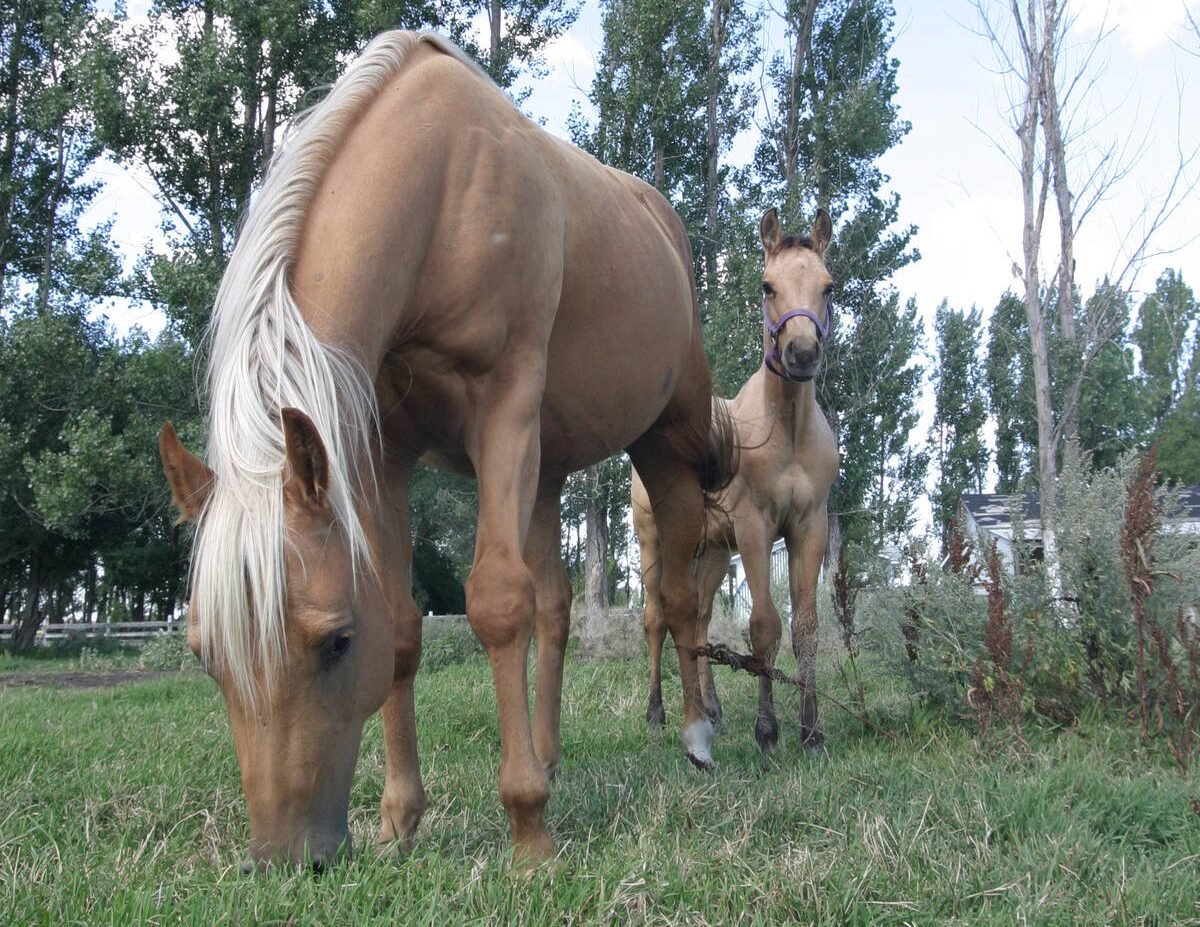I was both gratified and spooked a few days ago when I met with a Venezuelan miller and a Chilean miller here in Winnipeg.
Both were attending the Canadian International Grains Institute’s annual Latin American millers program, in which buyers of Canadian grain are brought in to develop their skills in handling the specific grains that Western Canada produces. It’s a very smart way of keeping people buying prairie grains. The basic thinking behind CIGI is that if you can help customers get better and better results from buying from us specifically, they’ll keep buying from us. They’ll give us preferential treatment.
Read Also

Growth plates are instrumental in shaping a horse’s life
Young horse training plans and workloads must match their skeletal development. Failing to plan around growth plates can create lifelong physical problems.
Every time an international group comes in I take advantage of the opportunity CIGI offers me to go across Portage and Main to chat with a few of the visitors, and every time I come away with the same basic conclusion: foreign buyers like both the high quality and – most of all – the consistency and adherence to specifications of Canadian grain. The confirmation of Canadian grain to the specs on contracts and all the paperwork that follows grain through the system is crucially important to millers because they want to have their machinery set run the second a trainload of wheat or durum comes in. They don’t want to set their machines to certain specs, unload the grain, and discover it’s significantly different from what they thought they’d bought. That forces them to reset the machines and wastes a lot of time. Canadian grain, I have been told again and again and again and again and so on and so on and so on, is remarkably uniform and true to specs. It’s so remarkable that they always remark upon it. Hopefully they’ll tell two friends, and they’ll tell two friends, and so on . . .
That’s exactly what I discovered again as I met Venezuelan Freddy Rivas (right) and Chilean Luis Mancilla Lopez.
What I heard from them was that they both buy mostly Canadian grain and that they would like to buy nothing but Canadian grain. The reason? Quality, consistency, tightness to specs. Rivas told me he’d like his mill to buy Canadian hard red winter wheat instead of U.S. HRW if we start growing it, all because Canadian grain comes in as it was advertised and there are no surprises.
What I wanted to ask them about was their view on the ending of the CWB monopoly and if that would challenge their belief in the dependability of Canadian grain. I was gratified that they both seemed relaxed and confident about the situation, sure that Canada would not jeopardize its hard-won reputation and excellent quality control system.
That’s what spooked me. They have a lot more faith in us than lots of us have about ourselves. I’m glad they really believe in us, but are they right? Are we going to make this transition well and without derailing the train? Will we be able to switch from a centrally administered system with its ability to guarantee quality to a decentralized system and have the same ability to delivery quality? How will proposed changes to the CGC affect things? Will we really be able to pull it off? And how will people like Rivas and Lopez react if we don’t match up to their expectations?
I know that’s a common concern in the grain industry. The grain companies all know that Canada’s high quality and consistency reputation is one of their key selling points and competitive sales advantages, so they won’t want to throw that away. I’ve heard them publicly worry about it. But there are a lot of things changing in the grain industry right now, and it’s all got to go right to be as successful a transition as we need.
Prairie farmers, prairie grain companies, and prairie-based organizations like CIGI have worked hard for decades to build the sort of comfortable assumptions about Canadian quality and consistency that are held by consistent buyers like Lopez and Rivas. We’ve got those markets now, so they’re ours to lose.
















